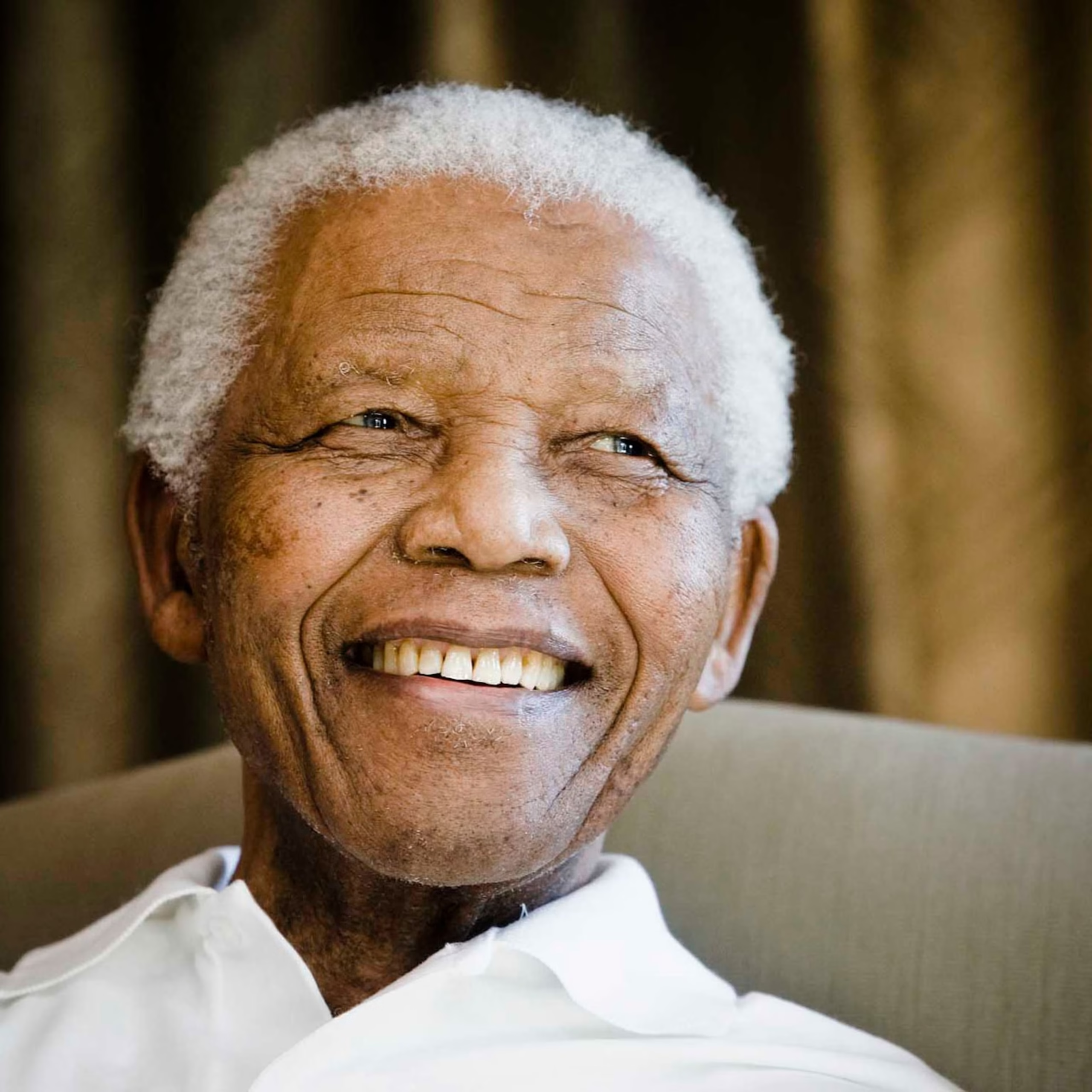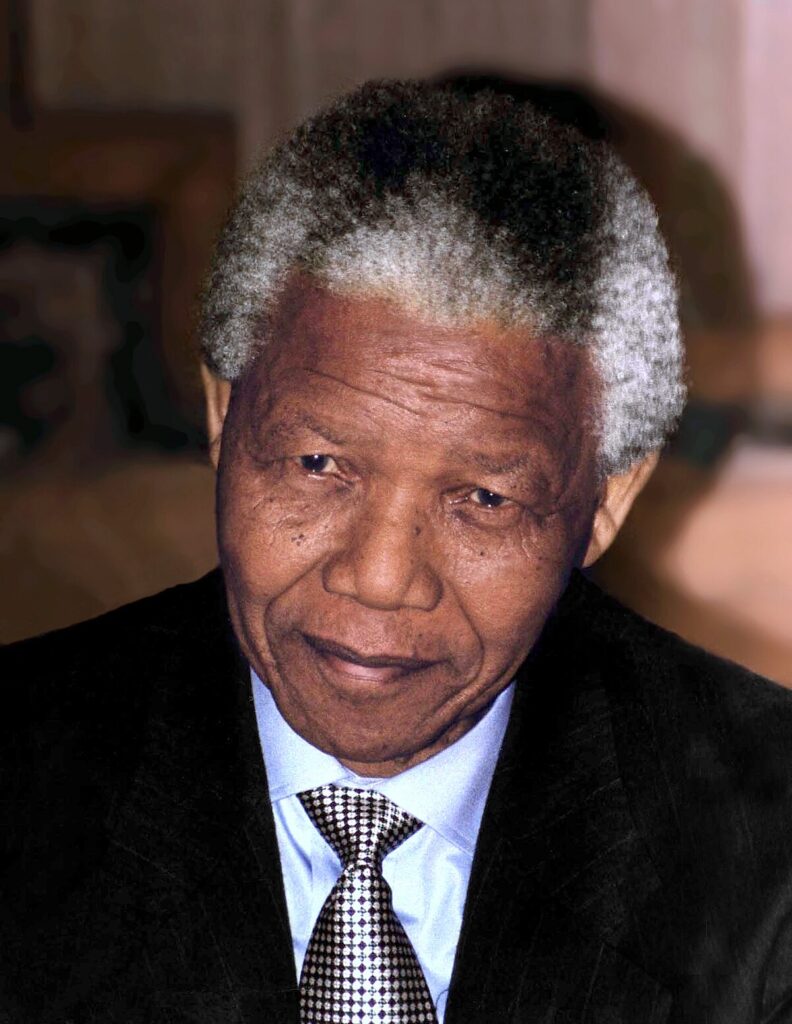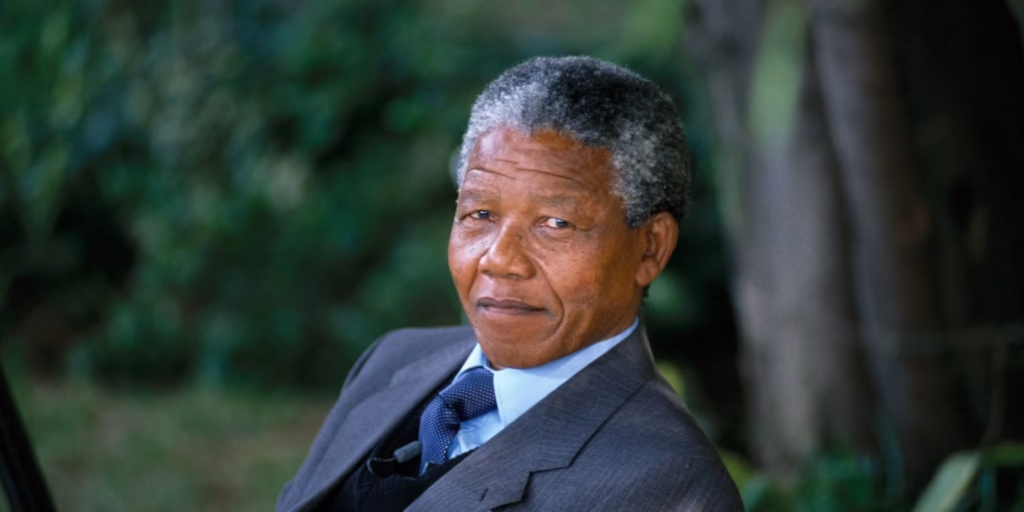Nelson Mandela: The Journey of a Freedom Fighter Who Changed the World

Nelson Mandela, born Rolihlahla Mandela on July 18, 1918, in Mvezo, a small village in the Eastern Cape of South Africa, was one of the most influential figures of the 20th and 21st centuries. Best known for his struggle against apartheid, Mandela became a symbol of resistance, reconciliation, and human rights. His journey from political prisoner to South Africa’s first Black president marks one of the most powerful narratives of justice and redemption in modern history.
Early Life and Education
Mandela was born into the Thembu royal family, part of the Xhosa-speaking people. After the death of his father, he was adopted by the acting regent of the Thembu people, Chief Jongintaba Dalindyebo. Mandela was the first in his family to attend school, where a teacher gave him the English name “Nelson”.
He studied at Fort Hare University, where he became involved in student activism. Expelled for participating in a student protest, Mandela moved to Johannesburg and later completed his law degree through the University of South Africa. In 1952, he and Oliver Tambo opened the first Black law firm in South Africa, Mandela & Tambo, providing affordable legal counsel to Black South Africans.
Political Activism and the ANC
Mandela joined the African National Congress (ANC) in 1944 and co-founded the ANC Youth League, advocating for more militant resistance against apartheid. Following the National Party’s rise to power in 1948 and the formal establishment of apartheid, Mandela became increasingly active in organizing non-violent protests, boycotts, and civil disobedience.
In 1955, he helped promote the Freedom Charter, a pivotal document calling for a non-racial South Africa. In response to state crackdowns, Mandela and other activists were arrested and tried in the Treason Trial (1956–1961), though all were eventually acquitted.
From Peaceful Protest to Armed Struggle
After the Sharpeville Massacre in 1960 and the banning of the ANC, Mandela co-founded Umkhonto we Sizwe (Spear of the Nation) in 1961, the ANC’s armed wing. He justified the shift to armed resistance, believing that non-violence was no longer effective under an increasingly violent regime.
In 1962, he was arrested and sentenced to five years in prison. While serving this sentence, he was put on trial again in the infamous Rivonia Trial (1963–64), charged with sabotage and conspiracy to overthrow the government. In a now-legendary courtroom speech, Mandela declared, “I have cherished the ideal of a democratic and free society… it is an ideal for which I am prepared to die.”
He was sentenced to life imprisonment.

27 Years in Prison
Mandela spent 27 years in prison, mostly on Robben Island, under harsh conditions: confined to a small cell, forced to do manual labor, and denied basic privileges. However, he became a symbol of resistance and unity, respected even by some of his jailers. His imprisonment galvanized the global anti-apartheid movement, leading to sanctions and boycotts against South Africa.
Despite being offered conditional release multiple times, Mandela refused to compromise on his principles or renounce the armed struggle until the government ended apartheid.
Release and Presidency
On February 11, 1990, Nelson Mandela was released from prison after secret negotiations with then-president F.W. de Klerk, who later lifted the ban on the ANC. Mandela called for peace, reconciliation, and multi-racial democracy.
In 1993, Mandela and de Klerk were jointly awarded the Nobel Peace Prize for their roles in peacefully ending apartheid. In April 1994, South Africa held its first democratic election. The ANC won, and Mandela became the country’s first Black president on May 10, 1994.
Mandela’s Presidency (1994–1999)
Mandela’s presidency focused on national reconciliation, poverty reduction, healthcare expansion, and nation-building. He promoted the Truth and Reconciliation Commission, chaired by Archbishop Desmond Tutu, to uncover the atrocities of apartheid while granting amnesty to those who fully disclosed their crimes.
While his government struggled with economic inequalities and challenges left by apartheid, Mandela’s leadership kept the country stable during a volatile transition.
Later Years and Global Legacy
After stepping down in 1999 (honoring his promise to serve only one term), Mandela became a global elder statesman. He continued advocating for peace, health (particularly the fight against HIV/AIDS), and human rights. He established the Nelson Mandela Foundation to continue his legacy through education and social justice initiatives.
Mandela passed away on December 5, 2013, at the age of 95, mourned globally as a symbol of forgiveness, leadership, and dignity.
Legacy and Honors
- Nicknamed “Madiba”, a term of endearment from his Xhosa clan.
- Celebrated each year on Nelson Mandela International Day (July 18).
- Awarded more than 250 honors, including the Presidential Medal of Freedom and the Order of Lenin.
- His autobiography, “Long Walk to Freedom”, remains a seminal text on the struggle for justice.

Conclusion
Nelson Mandela’s life is a testament to the power of resilience, moral courage, and reconciliation. He turned personal sacrifice into a universal legacy of hope and human dignity. In a world still grappling with inequality and conflict, Mandela’s example continues to inspire generations to believe that justice, though delayed, is always worth the struggle.




